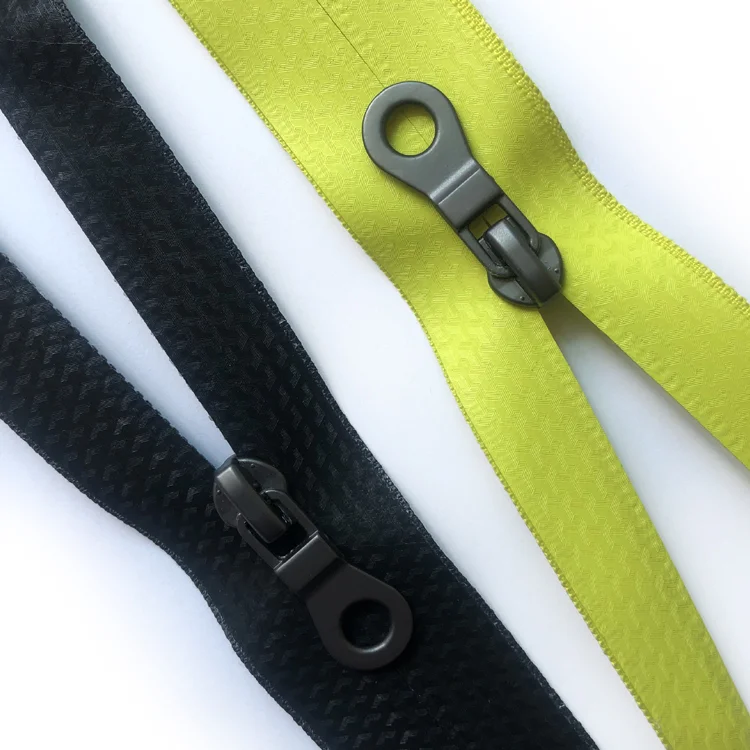In today's world, where environmental concerns are at the forefront, it is crucial to make conscious choices when it comes to our clothing. Sustainable fashion has gained significant attention, but how can we truly know if our clothes are sustainable? In this blog post, we will delve into the various aspects and indicators that can help us determine the sustainability of our clothing choices.
- Material Selection:
The first step in assessing the sustainability of your clothes is to consider the materials used. Look for garments made from organic or recycled materials such as organic cotton, hemp, linen, or Tencel. These materials have a lower environmental impact compared to conventional ones like polyester or nylon. - Manufacturing Processes:
Understanding the manufacturing processes employed by the brand is crucial. Look for clothing brands that prioritize eco-friendly practices such as using low-impact dyes, water conservation techniques, and energy-efficient manufacturing methods. Certifications like Global Organic Textile Standard (GOTS) or Bluesign can also indicate a brand's commitment to sustainability. - Supply Chain Transparency:
A sustainable clothing brand should be transparent about its supply chain. Look for brands that provide information about their suppliers, factories, and production processes. This transparency ensures that ethical practices are followed, including fair wages, safe working conditions, and no exploitation of labor. - Longevity and Durability:
Sustainable fashion promotes the idea of buying less but buying better. Assess the quality and durability of the clothing before making a purchase. Look for well-constructed garments with sturdy stitching and high-quality materials. Investing in timeless designs and classic styles can also ensure that your clothes remain in fashion for longer, reducing the need for frequent replacements. - Certifications and Labels:
Several certifications and labels can help you identify sustainable clothing options. Look for labels such as Fair Trade, B Corp, or the Sustainable Apparel Coalition's Higg Index. These certifications indicate that the brand has met specific sustainability criteria and can be trusted for their ethical and environmental practices. - Second-Hand and Vintage Options:
Another sustainable approach is to explore second-hand or vintage clothing. Thrift stores, consignment shops, and online platforms offer a wide range of pre-loved garments. By giving these clothes a new lease on life, you contribute to reducing waste and the demand for new clothing production.
Conclusion:
Determining the sustainability of your clothes requires a holistic approach that considers various factors, from material selection to supply chain transparency. By making informed choices and supporting brands that prioritize sustainability, we can contribute to a more environmentally conscious and ethical fashion industry. Remember, every small step counts towards a more sustainable future.




